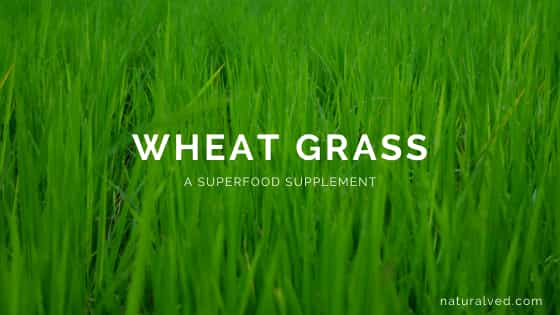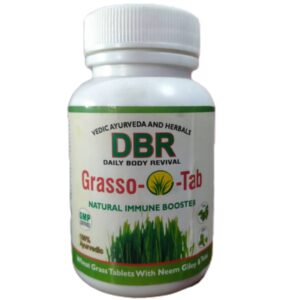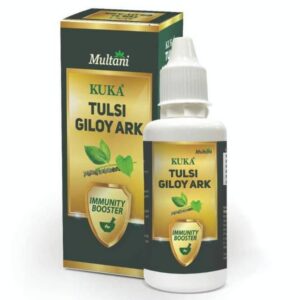Wheat Grass is the leaves of the common wheat plant. It is used as a supplement in the form of juice, food, and tablets. A human body has 115 different types of elements and wheatgrass contains 95 of those elements. That’s why it is called a superfood.
Wheat Grass basically works as an anti-ageing product. It naturally detoxifies the body of all types of bad bacteria buildup in the body. It is also considered gluten-free and is known as “Gehoon ka Jawara” in Hindi and is easily available in the market, either fresh or treated.
Wheat Grass nutrition value is as such, for every serving of 1 Oz (28.35gms) of wheatgrass, contains:
| Nutritional Element | Quantity |
|---|---|
| Protein | 860 mg |
| Beta carotene | 120 IU |
| Vitamin E8 | 80 mg |
| Vitamin C | 1 mg |
| Vitamin B12 | 0.30 mg |
| Phosphorus | 21 mg |
| Magnesium | 8 mg |
| Calcium | 7.2 mg |
| Iron | 0.66 mg |
| Potassium | 42 mg |
What is the source of wheatgrass?
Fresh leaves of the common wheat plant.
Table of Content
- Synonyms of Wheat Grass
- How to use Wheat Grass
- Wheatgrass Benefits
- Precautions when using Wheatgrass
- Recommended Dosage of Wheat Grass
- How to Grow Wheatgrass at home?
- Frequently Asked Questions
Synonyms of Wheat Grass
Agropyron repens, Quick grass, Agropyron intermedium, Elymus trachycaulus, Elymus hispidus, Agropyron pauciflorum, Slender wheatgrass, Crested wheatgrass, Grass, Bearded wheatgrass, Dog grass, Agropyron smithii, Agropyron, Quackgrass, Intermediate wheatgrass, Wheat-grass, Western wheatgrass, Agropyron trachycaulum, Agropyron cristatum, Quack grass, Witchgrass, Couch grass, Fairway crested wheatgrass, Bluestem wheatgrass, Switchgrass, Agropyron Subsecundum, Genus Agropyron.
Wheatgrass Benefits
Including Wheat Grass in your diet can have a tons of benefits on your health. I have included some of the major wheatgrass benefits below:
1. Wheat Grass is packed with Nutrients
- Wheat Grass contains high amounts of iron, calcium, magnesium, amino acids, proteins, vitamins such as A, C, E, K, and B complex.
- It is very high in calcium and can be given to patients with calculi(stone) who are not given normal calcium pills.
- It has high amounts of chlorophyll as well.
2. Helps in increasing Metabolism
- As wheatgrass doesn’t have carbs and is a light food with a lot of proteins, it helps in increasing metabolism.
- It helps in losing fat from the body as it is enriched with proteins and doesn’t contain fats.
3. Good to balance excess heat in the Body
- Wheat Grass has a cold nature, so it helps in maintaining the temperature in the body.
- People with excess body heat, nose bleeding, gums bleeding, ulcers, calculi(stone), untimely early periods, leucorrhoea, and cell damage can benefit from its usage.
4. Wheatgrass regulates Cholesterol
- Wheat Grass helps in regulating blood sugar levels, reduces and helps in fatty livers.
- It also aids constipation.
- Regular use of wheatgrass helps in reducing cholesterol and maintaining it.
5. Skin benefits of Wheat Grass
- As it is a natural detoxifier, it gives glowing skin to the user.
- It can also be applied to irritated skin, damaged skin as a paste, made by fresh leaves.
- It even helps to reduce inflammation of the skin.
6. It helps in reversing damage from the Body
- The body and mind get damaged with the usage of alcohol and steroids.
- Wheatgrass helps in reversing the damage from the body and removing all types of bad effects on it.
How to use Wheat Grass?
The easiest way to use wheatgrass and include it in your normal everyday diet is to take tablets of wheatgrass. Tablets are just compressed forms of wheatgrass and are very effective.
We recommend 2-3 tablets every day to reap the benefits of wheatgrass. You can buy Wheat Grass Tablets recommended by us, trusted brand Naturalved, which has been a great name in its industry ever since it’s been in business.
Other ways of including wheat grass in your diet is by taking its juice and lastly you can also take wheat grass in the form of powder in your diet.
Precautions when using Wheat Grass
While wheatgrass has numerous health benefits, it is important to know the wheatgrass side effects before adding it to your diet.
- Wheatgrass contains a lot of nutrients, so it is important to note that the dosage should be sensible and one should start with a small quantity and build from there.
- Wheatgrass is cold in nature and shouldn’t be given to people who experience frequent coughs and colds and who are prone to sinuses.
- It shouldn’t be consumed at night.
- We don’t recommend using it if you have some type of gluten allergy and/or are advised to stay away from gluten.
- Wheat Grass juice should be taken immediately after it is taken out.
- Food should not be consumed for about half an hour before and after taking Wheat Grass.
Recommended Dosage of Wheat Grass
Wheatgrass juice should be taken in small amounts in the morning empty stomach, around 2 to 8 spoonful and in the evening before dinner. For tablets, 2 for children, and 2-4 for adults in a day.
How to grow Wheatgrass at home?
Step-1
Step-2
Step-3
Step-4
Step-5
Step-6
Step-7
Step-8
You can also watch the below video and follow the steps to grow wheatgrass at home.
Frequently Asked Questions
How wheatgrass powder is made?
Can wheatgrass cause constipation?
Which is better wheatgrass juice or powder?
Where to buy wheat Grass?
Are wheat grass tablets good for you?
What wheatgrass tastes like?

Himani Jain
I am a 20 something who is vivacious at heart and a virtuoso at work, and who is confused and intrigued about life at the same time.
Related Products
-
Ayurveda
DBR Panch Tulsi Ark (25 ml)
Rated 0 out of 5₹220.00₹190.00You Save: ₹30.00 (13.6%)
Add to cartApplicable Offers
- Free Shipping on Orders above ₹999
- Extra 5% OFF on Orders above ₹1999 Use Coupon Code: DISCOUNT5
-
Ayurveda
DBR Grasso Tablet
Rated 5.00 out of 5Select optionsApplicable Offers
- Free Shipping on Orders above ₹999
- Extra 5% OFF on Orders above ₹1999 Use Coupon Code: DISCOUNT5
- Extra 5% OFF on first Order, use coupon code: DBR5
-
Ayurveda
Multani Kuka Giloy Tulsi Ark (30 ml)
Rated 0 out of 5₹155.00₹140.00You Save: ₹15.00 (9.7%)
Read more
Recent Articles
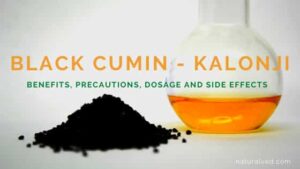
Kalonji- Black Cumin
Kalonji is a flowering plant native to Southern Europe, Southwest Asia and North Africa. Scientifically, it is referred to as “Nigella Sativa”. These seeds have

Honey
High in beneficial plant compounds and offering several health benefits, honey is a relatively healthy alternative to other sweeteners used in daily life and cuisine

Dalchini – Wooden Rolls
Dalchini or cinnamon are the strips of the inner bark of a tropical evergreen tree. These are pale-brown to tan strips which are generally thin

Badam – Edible Pearls
Badam or almonds are known as “Prunus dulcis” in the scientific domain. They are not nuts, instead, they are “seeds of fruit”. They also contain
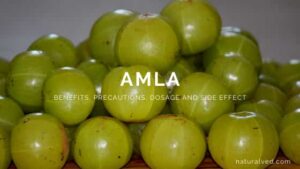
Amla – The Sour Healer
In ancient texts of Ayurveda, Amla has been referred to as Amalaki. Its scientific name is “Phyllanthus Emblica”. It isalso known as Indian Gooseberry and
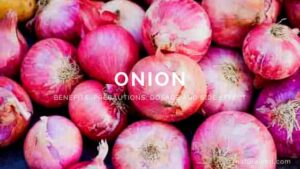
Onion
Belonging to the Allium family of plants, Onions are closely related to chives, garlic and leeks. Constituting of characteristically pungent flavours and several medicinal properties,

